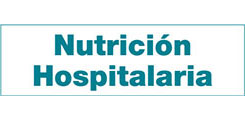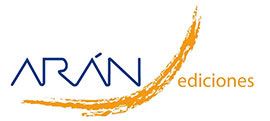Artículo Especial
Niveles máximos de vitaminas y minerales en alimentos enriquecidos y complementos alimenticios en la Unión Europea
Antoni García Gabarra
 Número de descargas:
6350
Número de descargas:
6350
 Número de visitas:
2375
Número de visitas:
2375
 Citas:
0
Citas:
0
Compártelo:
Introducción: la Comisión Europea y un grupo de trabajo de 7 Estados miembros de la UE, liderado por Alemania y con la participación de Bélgica, España, Francia, Grecia, Irlanda y Países Bajos, han estado tratando de fijar niveles máximos para la suplementación de vitaminas y minerales en alimentos enriquecidos y complementos alimenticios. Después de someterlo a la consideración de todos los Estados miembros, la Comisión consultará a las partes interesadas. Objetivos: analizar la evolución y la situación actual de diversas cuestiones relacionadas con este fin. Métodos: evaluación y comentarios sobre legislación de la UE aplicable, evolución de los valores de referencia de nutrientes en la UE y sugerencias para su posible actualización, recopilación de los niveles máximos de ingesta tolerable en la UE y de sus recientes actualizaciones, alternativas posibles cuando no hay niveles máximos de ingesta tolerable en la UE y encuestas de ingesta alimentaria efectuadas en algunos países de la UE. Resultados: análisis de dos modelos dispares de establecimiento de niveles máximos de suplementación en la UE y comparación entre ambos modelos. Conclusiones: sobre los dos objetivos a conseguir en la fijación de las cantidades máximas para esta suplementación, es decir, evitar que se sobrepasen los niveles máximos de ingesta tolerable de ciertos nutrientes y, al mismo tiempo, corregir déficits de ingesta de otros nutrientes, a fin de prevenir riesgos para la salud de grupos poblacionales; además, se sugiere la actualización de los valores de referencia de nutrientes y su ampliación con valores específicos para niños menores de 3 años.
Palabras Clave: Niveles máximos de vitaminas y minerales. Alimentos enriquecidos. Complementos alimenticios. Legislación de la Unión Europea. Valores de referencia de nutrientes. Niveles máximos de ingesta tolerable.
DOI: 10.20960/nh.02562
DOI: 10.20960/nh.937
DOI: 10.2903/j.efsa.2022.e200102
DOI: 10.2903/j.efsa.2024.p220601
DOI: 10.2903/j.efsa.2024.p220601
DOI: 10.2903/j.efsa.2023.8353
DOI: 10.2903/j.efsa.2024.p220601
DOI: 10.2903/j.efsa.2023.p211201
DOI: 10.1016/j.anpedi.2014.09.017
DOI: 10.3390/nu12061787
DOI: 10.1007/s00394-016-1288-8
DOI: 10.3390/nu16030391
Artículos Relacionados:
Revisión: Niveles máximos de vitaminas y minerales en complementos alimenticios en Europa
Antoni García Gabarra
Artículos más populares
Revisión: Inteligencia artificial generativa ChatGPT en nutrición clínica: avances y desafíos
ChatGPT y otras herramientas de inteligencia artif...
Revisión: Suplementación con micronutrientes y sus beneficios: ¿por qué y cuándo?
Introducción: los micronutrientes participan en la...
-
Licencia creative commons: Open Access bajo la licencia Creative Commons 4.0 CC BY-NC-SA
https://creativecommons.org/licenses/by-nc-sa/4.0/legalcode




